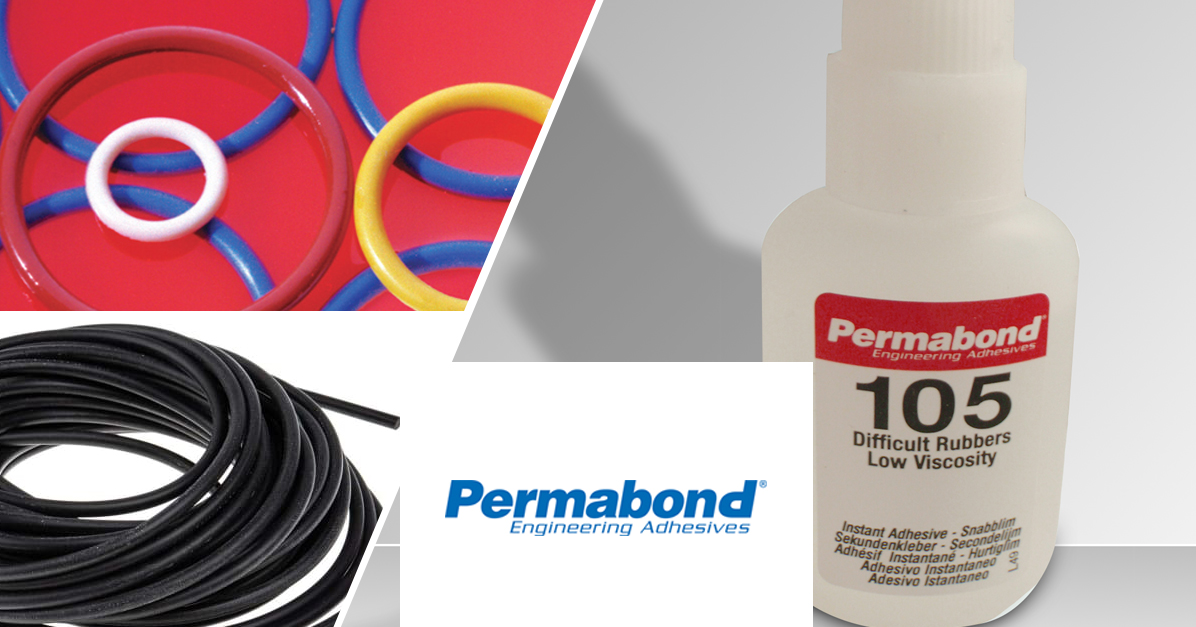How to bond silicone rubber?

Silicone rubber, such a challenging material to bond!
Silicone rubber is a commonly used material in the industry. Thanks to its exceptional properties, such as its resistance to UV or chemical aggressions, as well as its stability over a wide range of temperatures, it is a preferred material used for numerous sealing applications in various industrial sectors. It has become common to see O-rings, preformed seals, or even silicone cords in diverse fields such as agri-food, automotive, or household appliances.
However, silicone elastomer also possesses another property: a very low surface energy, making it not only hydrophobic but also very difficult to bond! It is regularly listed in the “blacklist” of products known to be impossible to bond, such as polyethylene, polypropylene, or PTFE. This characteristic presents challenges when assembling silicone components in applications where bonding is necessary.
Fortunately, our partner Permabond has developed solutions to overcome this challenge. Specific surface preparation techniques can be used to enhance silicone adhesion. Moreover, the use of adhesives specially formulated for silicone rubber allows for the creation of strong and durable bonds.
Example 1: Bonding Silicone Elastomer to Itself
A typical case involves bonding two pieces of silicone rubber cord together, end to end, for example, for custom seal fabrication or O-ring repair. For straightforward rubber cases, Permabond offers a range of standard cyanoacrylate (“super glue”) adhesives to achieve bonding in seconds.
However, concerning difficult-to-bond rubbers, especially silicone elastomers, standard cyanoacrylates do not work. Our partner Permabond has developed a now industry-proven solution: simply apply a few drops of PERMABOND POP primer to the bonding area and use the “special difficult rubbers” cyanoacrylate adhesive PERMABOND 105. The bonding is immediate, resulting in a strong and durable bond.
Follow our instructions for optimum bonding
To better illustrate this article, discover our detailed recommendations on the use of Permabond’s POP primer and cyano 105 adhesive in the video below.
This practical step-by-step guide will help you achieve optimum adhesion.
With POP :
Polyolefin surfaces can be bonded up to 2 hours after treatment, PTFE surfaces should be bonded immediately, for DAP and polyamide it will reduce bond strength.
Example 2: fixing a silicone seal in a groove
Another classic case involves gluing a gasket in its place (for example, in the assembly of a production machine for the food or pharmaceutical industries) to prevent it from moving. It’s sometimes said that only one silicone can bond another silicone: that’s why we can offer you DOWSIL™ 732 white for this application. It’s a single-component, acetic silicone sealant with the added distinction of being approved for food applications (FDA, NSF-51 and NSF-61 approvals). DOWSIL™ 732 is available in the following shades: colorless, black and white. It adheres particularly well to stainless steel and silicone rubber, making it a product regularly used in the food industry.